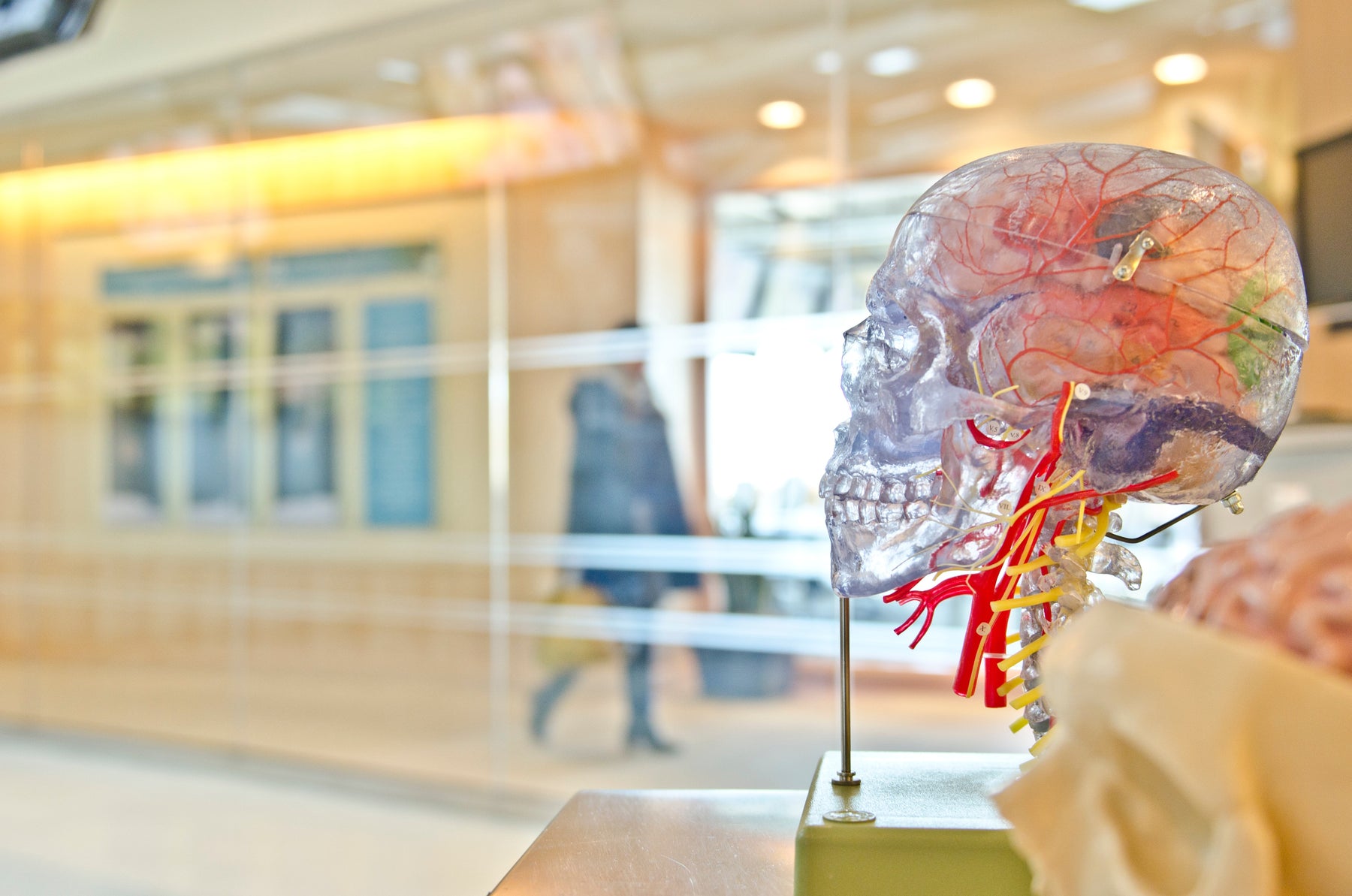
How Does Botox Treat Temporomandibular Disorder?
The Temporomandibular Joint (TMJ) is located between the jawbone and skull, and used excessively everyday for talking, eating, yawning; the list goes on.
Excessive teeth grinding can make the jaw become displaced where individuals experience a clicking sensation when they open their jaw wide. Often this can. lead to inflammation which causes yawning and eating to be painful and uncomfortable.
TMJ is known to be linked to the tense grinding of teeth during sleep, an action that many patients are unaware they are even doing. Stress is one of the major root causes of muscular tension around the jaw.
Often partners or parents are aware of their children or spouses grinding their teeth during sleep. A tense muscular action which can be quite squeamish to hear for some, similar to the grinding of nails down a blackboard.
Many patients will be referred to a physiotherapist by their GP, for weekly exercises to help them align their jaw so it doesn’t click. Others will bear it out. But when it becomes too painful to manage, Botox is an alternative remedial solution to release jaw tension.
How long does the Botox process for TMJ take and how long do results last for?
The process of Botox being administered into the jaw can take between 10 to 30 minutes. The treatment effects can last for approximately 6 months, alleviating some of the heavy symptoms associated with click jaw, such as severe tense headaches. Results are often noticeable within one or two days of treatment.
Botox is an effective method to counteract the force of the chewing, clenching, and grinding action that often leads to damage and inflammation of both the jaw and even teeth.
BOTOX® is an alternative treatment that relieves TMJ, jaw tension and TMJ related headaches for many patients.
It can also relieve lock jaw caused by severe stress.
It is recommended that patients do not rub the area of treatment to prevent the toxin from spreading to other normal areas.
One of the advantageous side effects of Botox for TMJ, is that wrinkles start to disappear, making patients looks significantly younger than before. The added relaxed look, with no muscular tension also contributes to the youthful look that is achieved.
